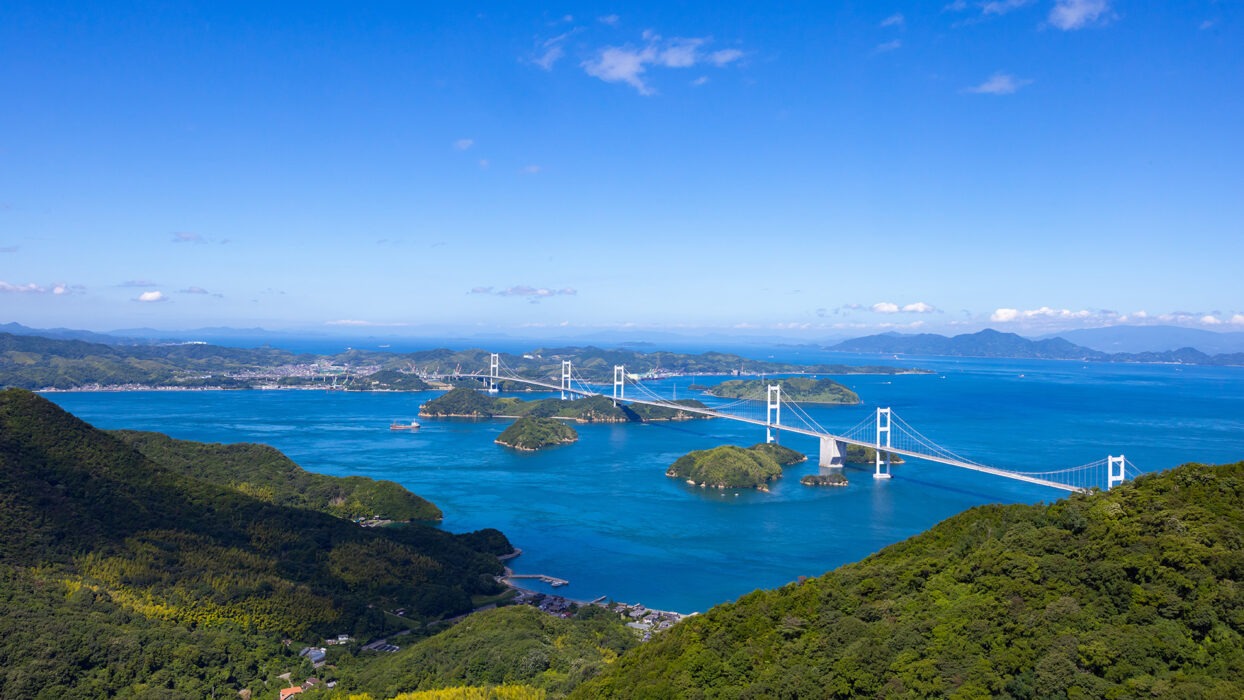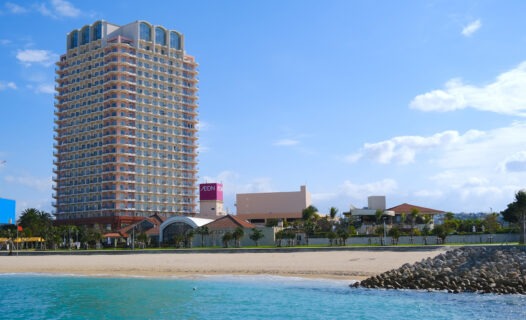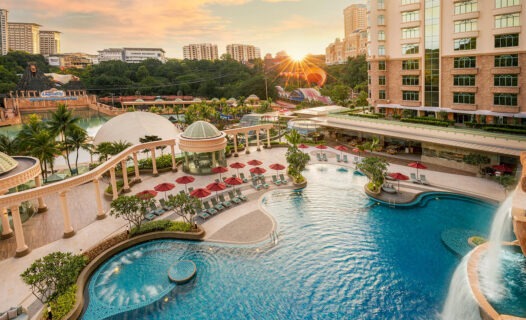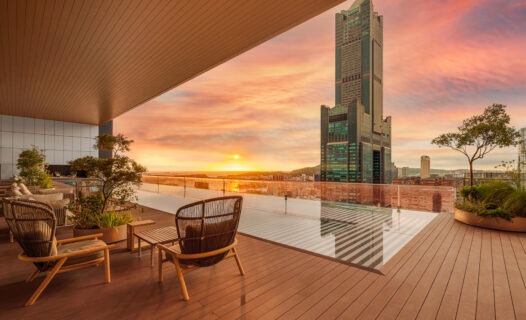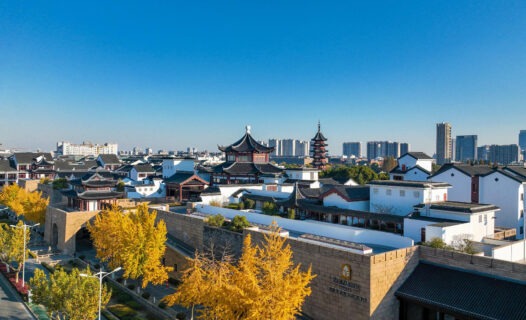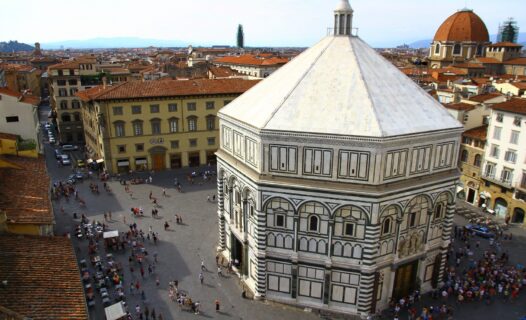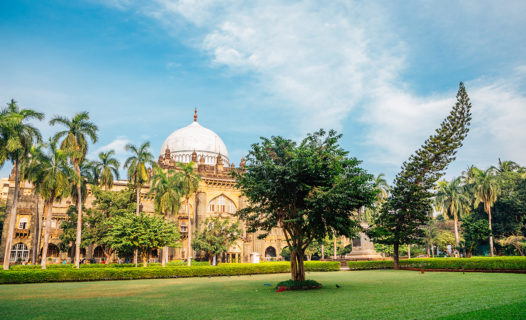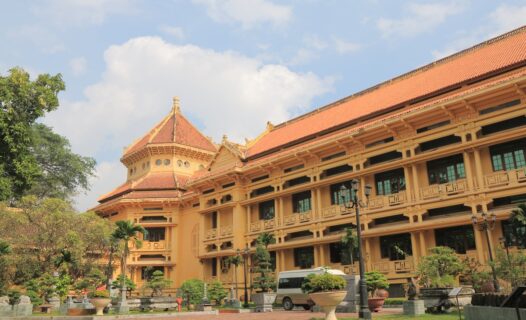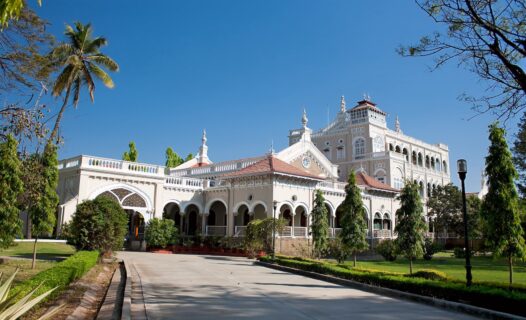Ehime Prefecture, located in Japan’s Shikoku region, offers an abundance of nature and culture. It is full of exciting sea and mountain activities, such as cycling the 70 km Shimanami Kaido route around the islands in the Seto Inland Sea, trekking the Shikoku Pilgrimage, and climbing Mt. Ishizuchi—the highest peak of western Japan. You can also relax at Dogo Onsen, one of Japan’s most famous hot spring areas, or explore Ehime’s historical spots, like Matsuyama Castle and the Edo Period towns, where you can enjoy local gourmet delicacies and citrus fruits. It takes around 30 minutes to travel from Matsuyama Airport to Matsuyama City by airport bus. And with trams that travel within Matsuyama City and to Dogo Onsen, accessing tourist attractions around the area couldn’t be easier!
Shimanami Kaido Cycling Route
Shimanami Kaido is a cycling route that connects six islands via seven bridges in the Seto Inland Sea. The route is approximately 70 km and connects Ehime Prefecture’s Imabari City with Hiroshima Prefecture’s Onomichi City. Shimanami Kaido was even selected as one of CNN’s “7 Best Bike Routes in the World”! Enjoy cycling around these islands that each retain their own respective history and culture, such as shrines, temples, art, gourmet seafood, and much more. There is also a bicycle rental system with ten terminals located on the route where you can rent and return bicycles. It takes around 4–10 hours to cycle the entire route. There are many ways to have fun, such as traveling between certain areas or cycling around the islands. Why not experience a refreshing cycling trip and fully enjoy the nature and culture of the Seto Inland Sea?
Dogo Onsen—Japan’s Oldest Hot Spring
With a history of around 3,000 years, Dogo Onsen is considered the oldest hot spring in Japan. The Dogo Onsen Main Building shown in the photo above symbolizes the hot spring area and is a famous public bathhouse that anyone can freely enjoy. The entire three-story wooden building is designated as a National Important Cultural Property. Inside are two types of baths (separate for men and women), as well as a large communal hall and private rest areas. Close to the main building are two other public bathhouses with different characters – “Dogo Onsen Annex Asuka-no-yu” and “Tsubaki-no-yu” – where you can also enjoy a soak. All three are tattoo-friendly hot springs. In the vicinity is a shopping district lined with souvenir shops and restaurants, as well as many hot spring inns, so you can experience taking a stroll around the atmospheric hot spring area while wearing a Yukata. Dogo Onsen is easily accessible by tram from Matsuyama City.
Experience Special Accommodation in the Old Towns of Ozu and Uchiko

Ozu once flourished as a castle town along the Hijikawa River, which flows through the western part of Ehime Prefecture. In 2023, it was awarded first place in the world for the Culture and Traditions Category of “Green Destinations’ Story Awards.” Even today, you can still enjoy many remaining cultural assets and buildings, such as Ozu Castle, Garyu Sanso Villa, and so on. You can even sleep overnight in the restored tower of Ozu Castle, Japan’s first castle stay experience! Why not savor the flavors of traditional local cuisine and Japanese sake while feeling like a castle lord and enjoying breakfast at the Garyu Sanso Villa? You can also stay at historical mansions restored as hotels that are dotted about the castle town. Close to Ozu City is the old town of Uchiko, which flourished in the Meiji Period through the production of wax. The townscape is protected by a system of “Preservation Districts for Groups of Traditional Buildings.” You can also experience staying in important cultural buildings, such as traditional townhouses and storehouses restored as comfortable accommodations.
Shikoku Pilgrimage Trekking
The Shikoku Henro (Shikoku Pilgrimage) is approximately 1,400 km tracing the 88 sacred sites where the Buddhist monk Kobo Daishi (Kukai) trained about 1,200 years ago. The pilgrimage starts from the first temple in Tokushima Prefecture and continues around Shikoku in the order of Kochi Prefecture, Ehime Prefecture, and Kagawa Prefecture. It is a circular pilgrimage route that is rare worldwide. There are 26 temples scattered throughout Ehime Prefecture. Right in the middle of the 88 temples are the historic temples of Daihoji (44th temple) and Iwayaji (45th temple), where you can feel nature in abundance, such as the serenity of the trees and the majestic huge rocks. You can make a trip out to these temples from Matsuyama. The routes from one temple to another are called Henro Michi, or pilgrim paths, which include some steep mountain sections. It is appealing as you can experience the beautiful nature of Shikoku while enjoying interactions with locals.
Ehime’s Local Cuisine

If you visit Ehime, then something you must experience eating is “Taimeshi,” a local dish made with Ehime-produced fresh sea bream. There are two styles of Taimeshi—the Uwajima style of placing raw sea bream onto rice followed by pouring sauce mixed with egg, and the Matsuyama (Hojo) style of cooking sea bream together with rice. Local noodle dishes such as Matsuyama’s “Nabeyaki Udon” and “Yawatahama Champon” are popular items on menus that you can sample readily. The Imabari area is also a culinary treasure trove. Dishes such as “Yakibuta Tamago Meshi,” rice with fried pork and a soft-boiled egg placed on top, and “Imabari Yakitori,” chicken skewers grilled on a teppan (iron plate), have been adored by locals since long ago. Also, be sure not to miss out on sampling sweets that use specialty products, such as mandarins and citrus fruits. Ehime is historically famous for producing sake and has 35 breweries within the prefecture. Aside from enjoying Ehime’s sake at restaurants and Izakaya (bars), it also makes for an ideal gift.
Ehime’s Iconic Matsuyama Castle

The famous Matsuyama Castle is what represents Ehime. The hilltop castle stands in the center of Matsuyama City on the peak of Mt. Katsu (132 m elevation) and is one of 12 castle towers that remain in Japan that were built before the Edo Period. The entire castle mountain is designated as a national historic site, as well as 21 buildings that are designated as Important Cultural Properties. In the castle tower, precious artifacts are displayed, like armor and helmets. Be sure not to miss out on the excellent views from the top floor of the castle tower, overlooking both the city and Seto Inland Sea. You can also enjoy taking a leisurely round trip from the base to the castle tower vicinity using the ropeway or lift. Many people visit the castle in spring to see the famous cherry blossom. Aside from Matsuyama Castle, there are many other historic castles in Ehime Prefecture that we also recommend you visit, such as Uwajima Castle, which represents the southern part of the prefecture, and Imabari Castle, one of Japan’s three most famous water castles.

